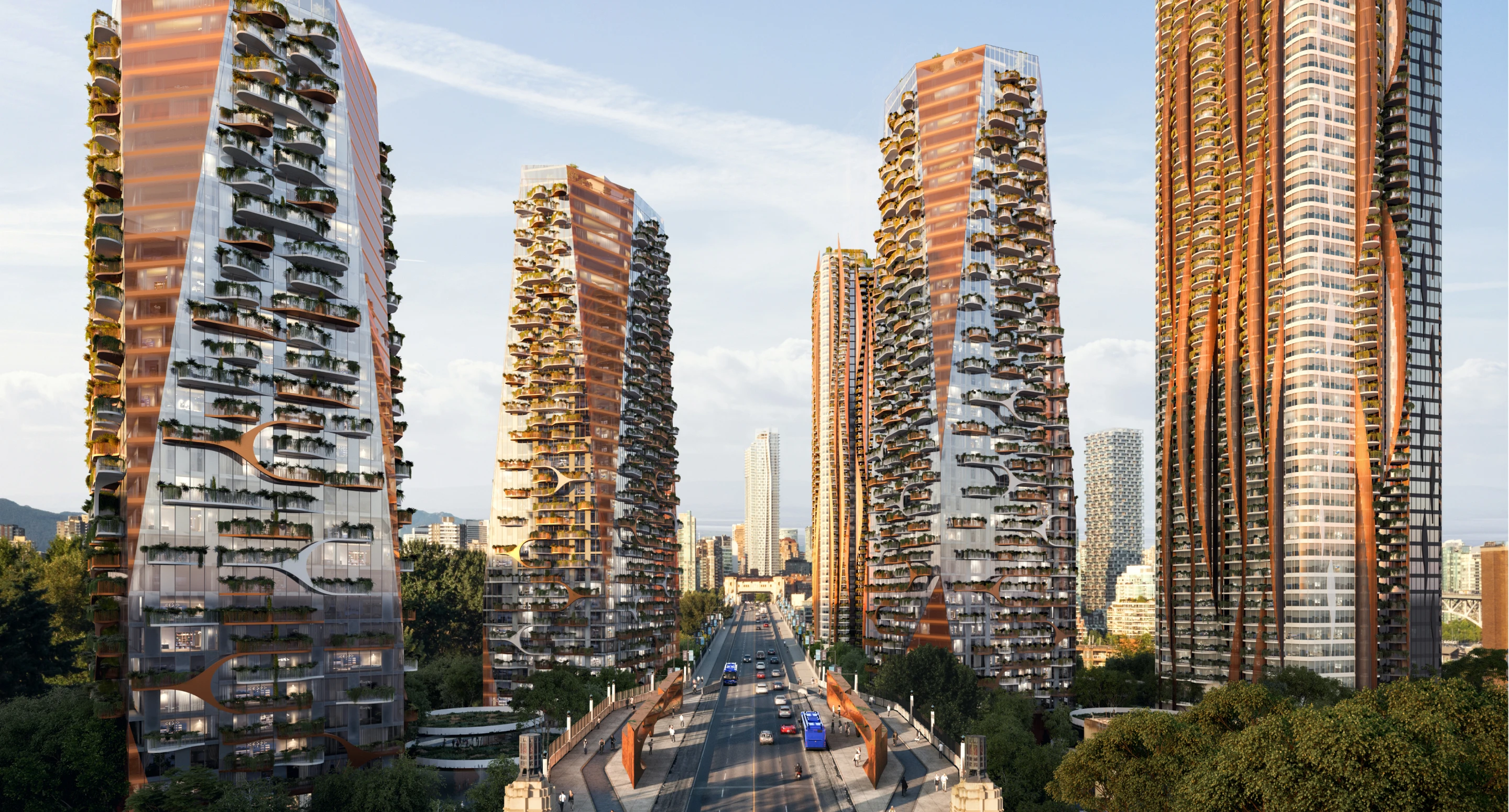
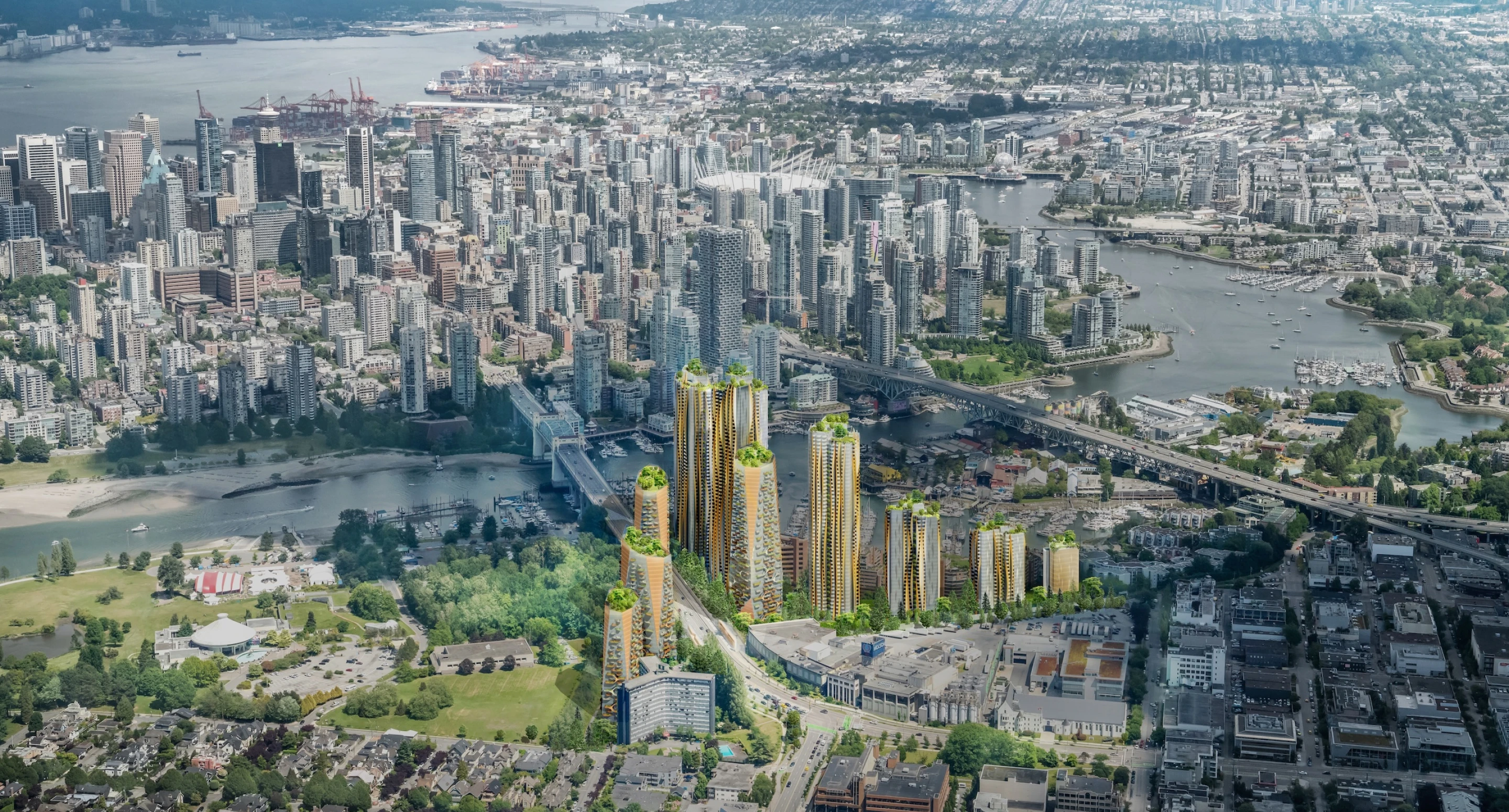
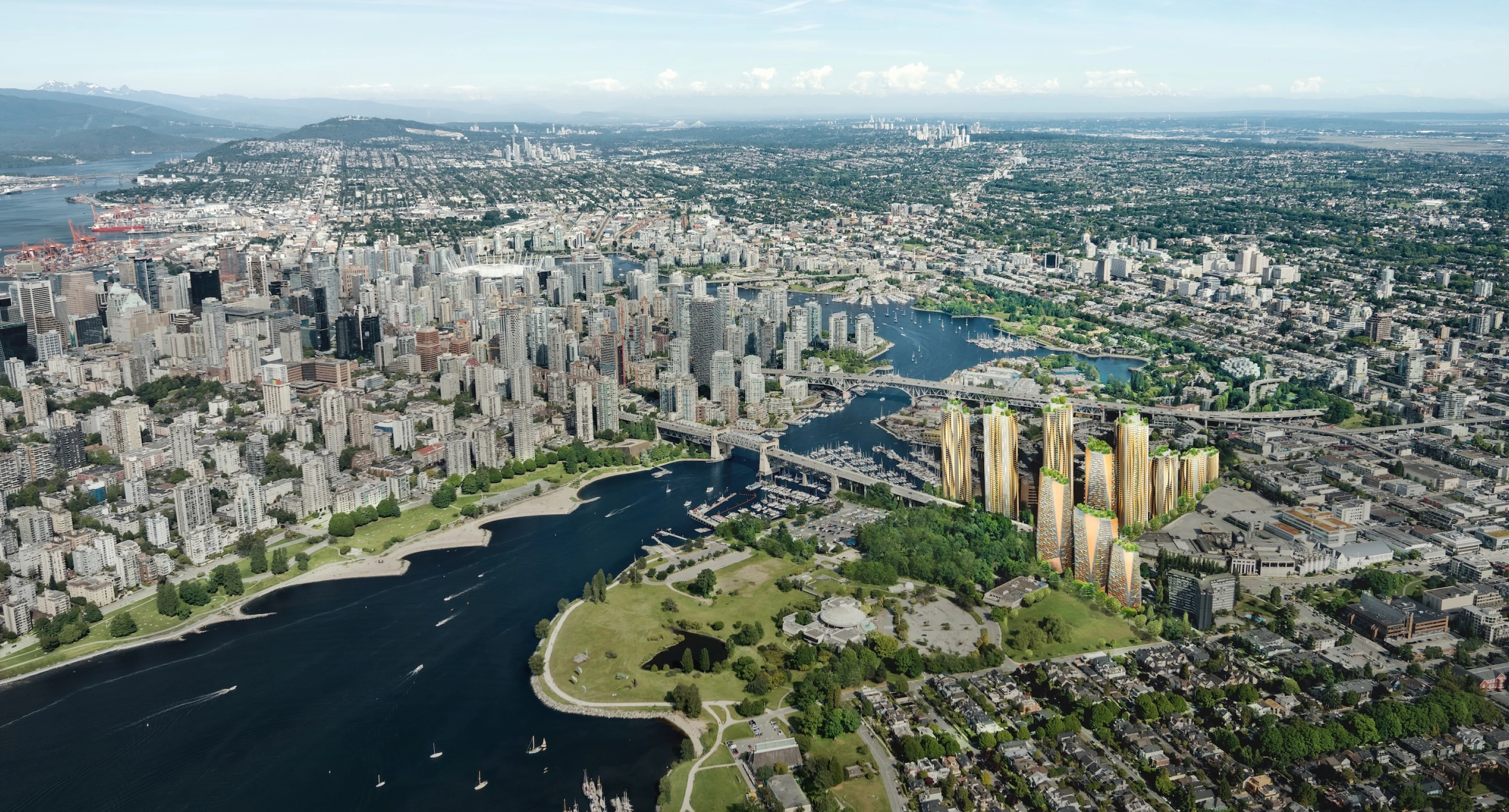
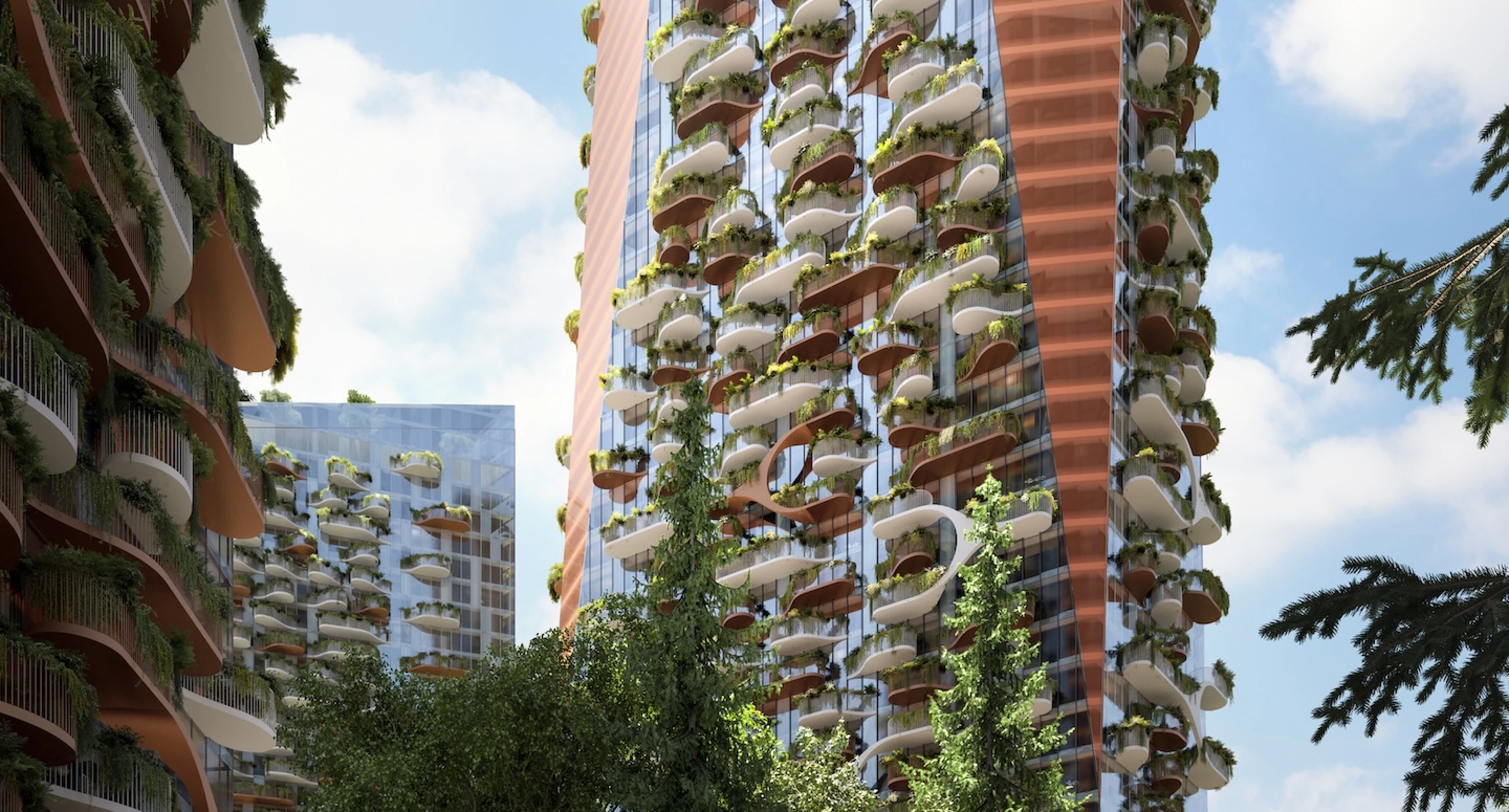
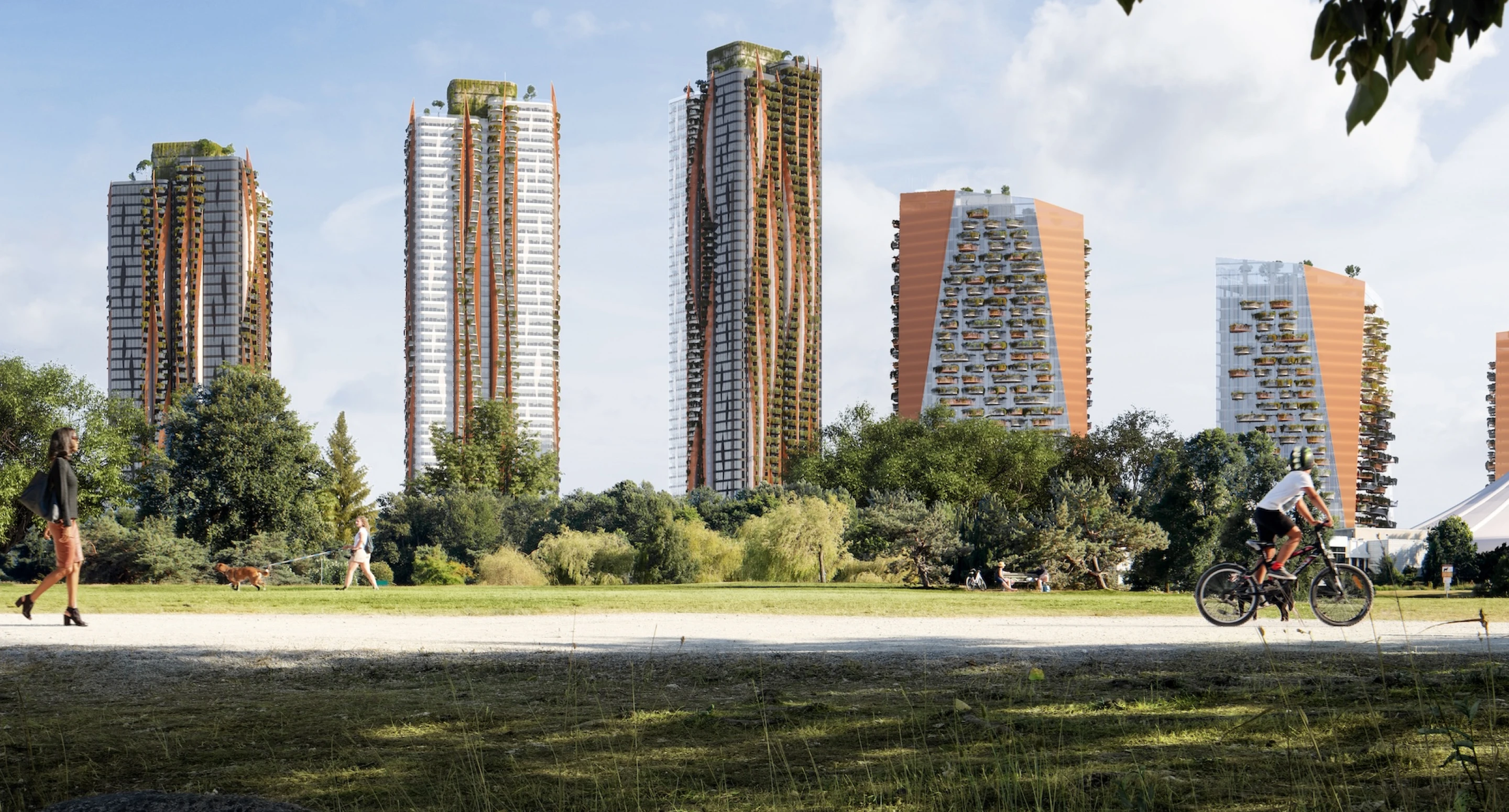
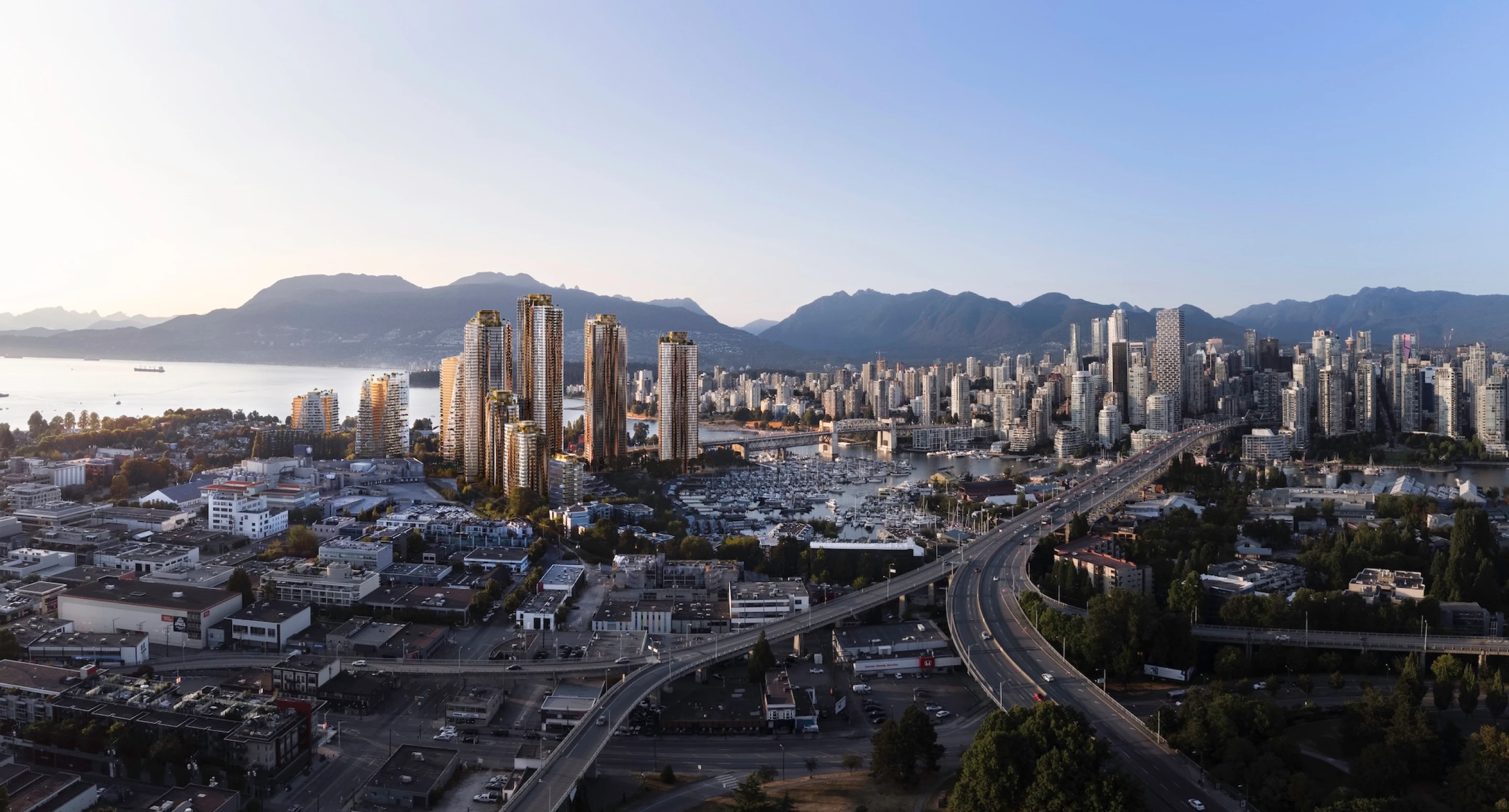
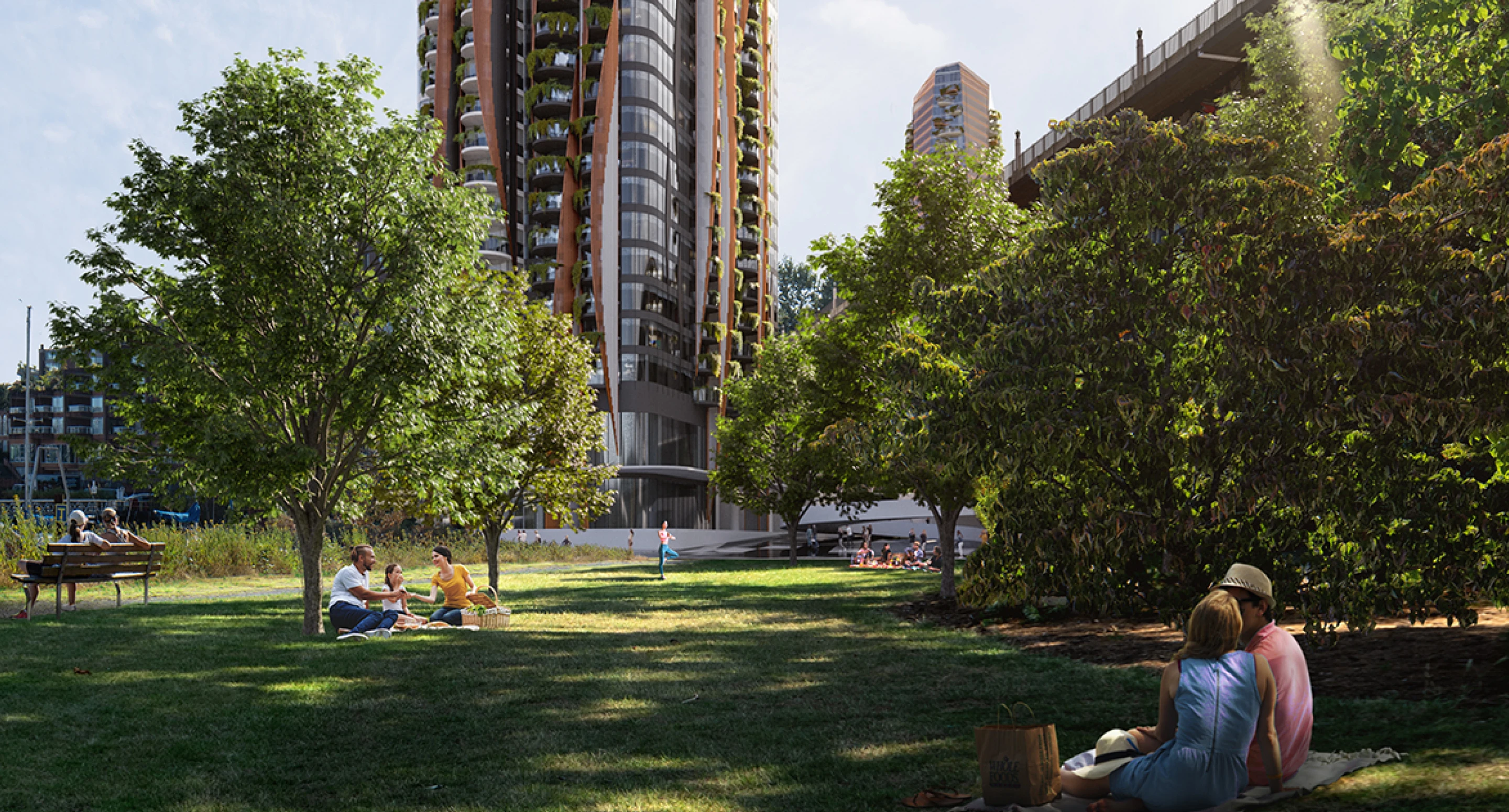
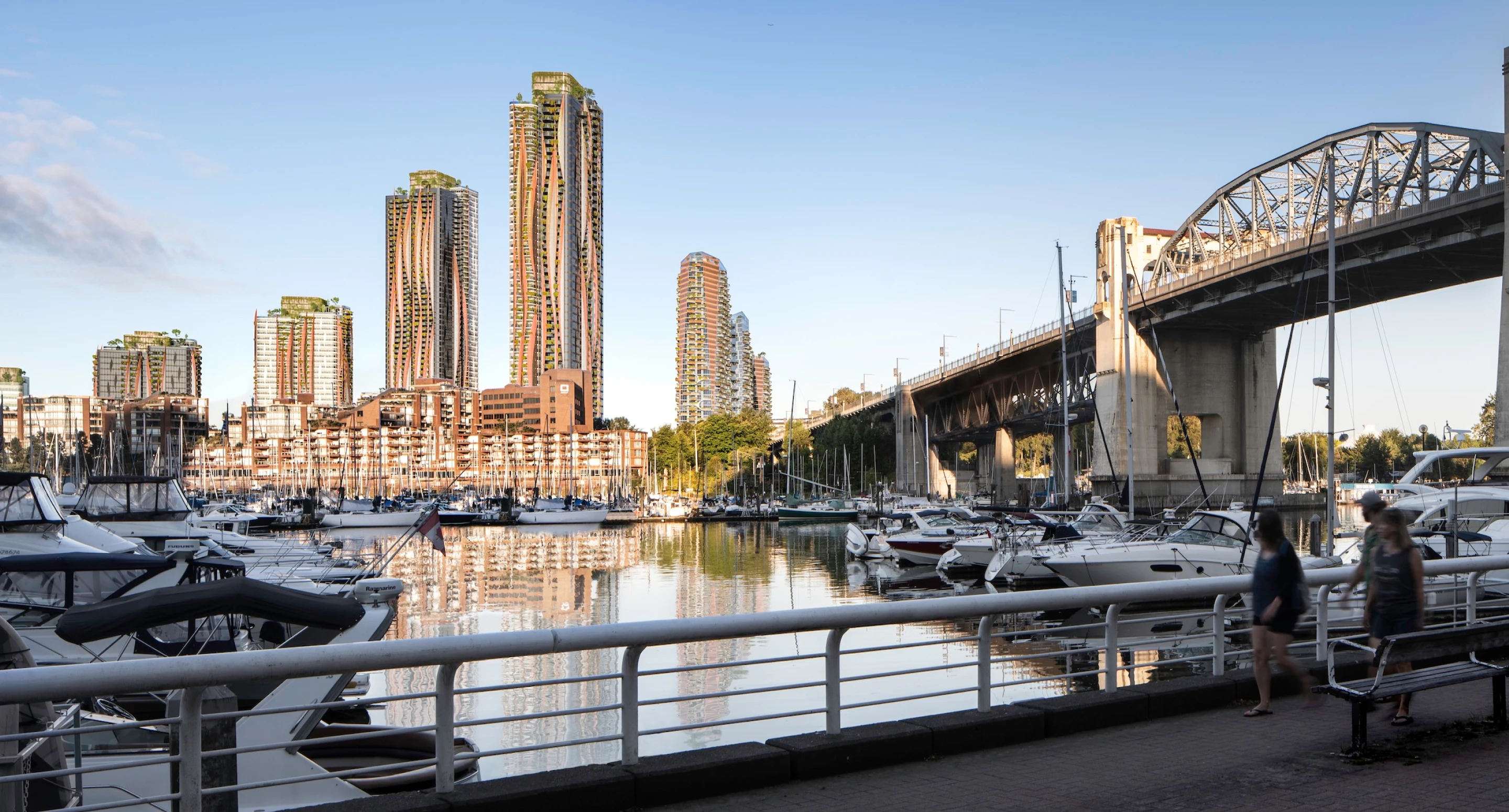
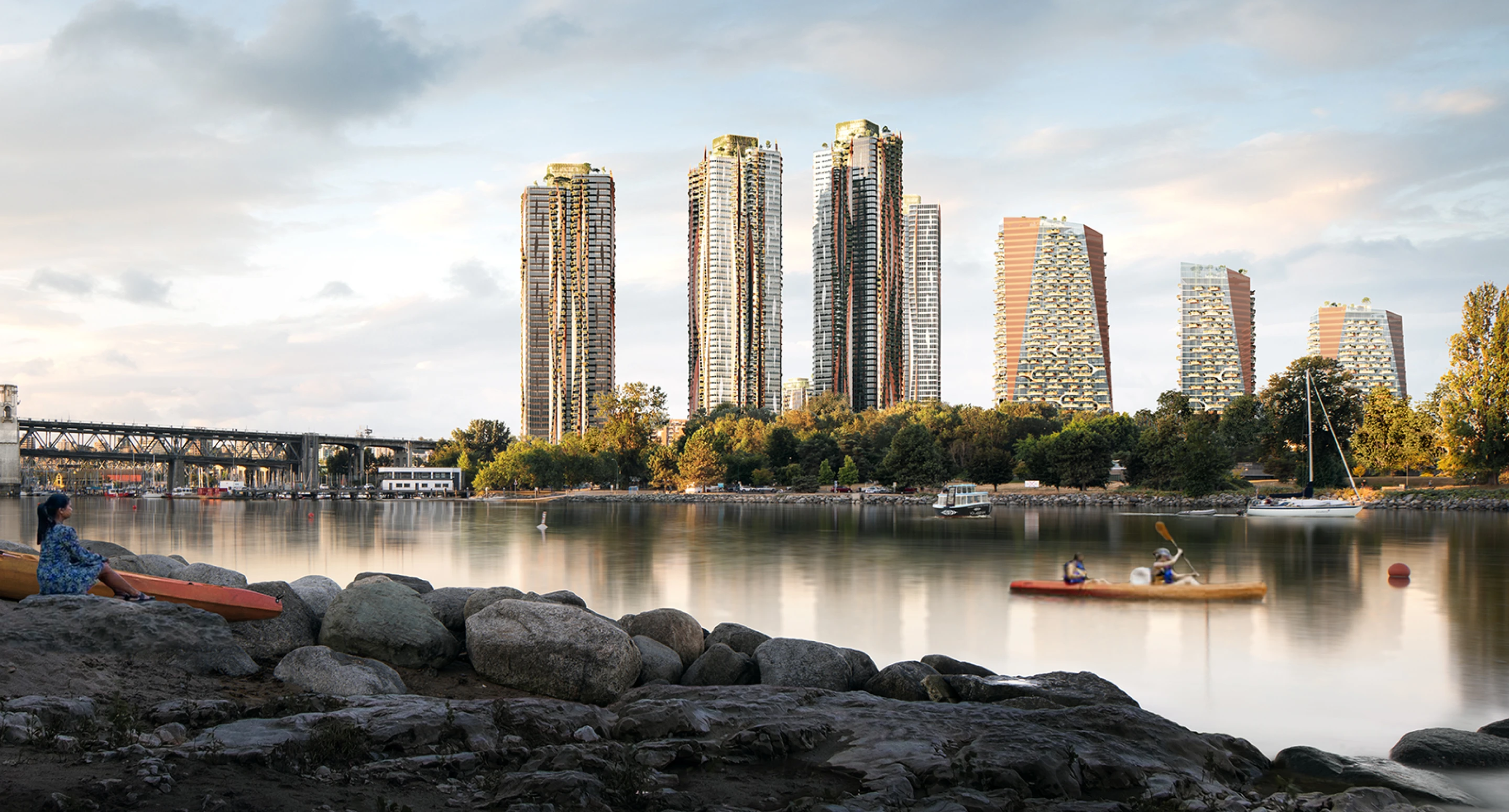
The name for Sen̓áḵw is representative of its place.
It can be interpreted as
“The place inside the head of False Creek.”
Project
A highly sustainable, mixed-use project of purpose-built rental units that will tell the world the Sḵwx̱wú7mesh Úxwumixw’s (Squamish Nation’s) story and history.
Project
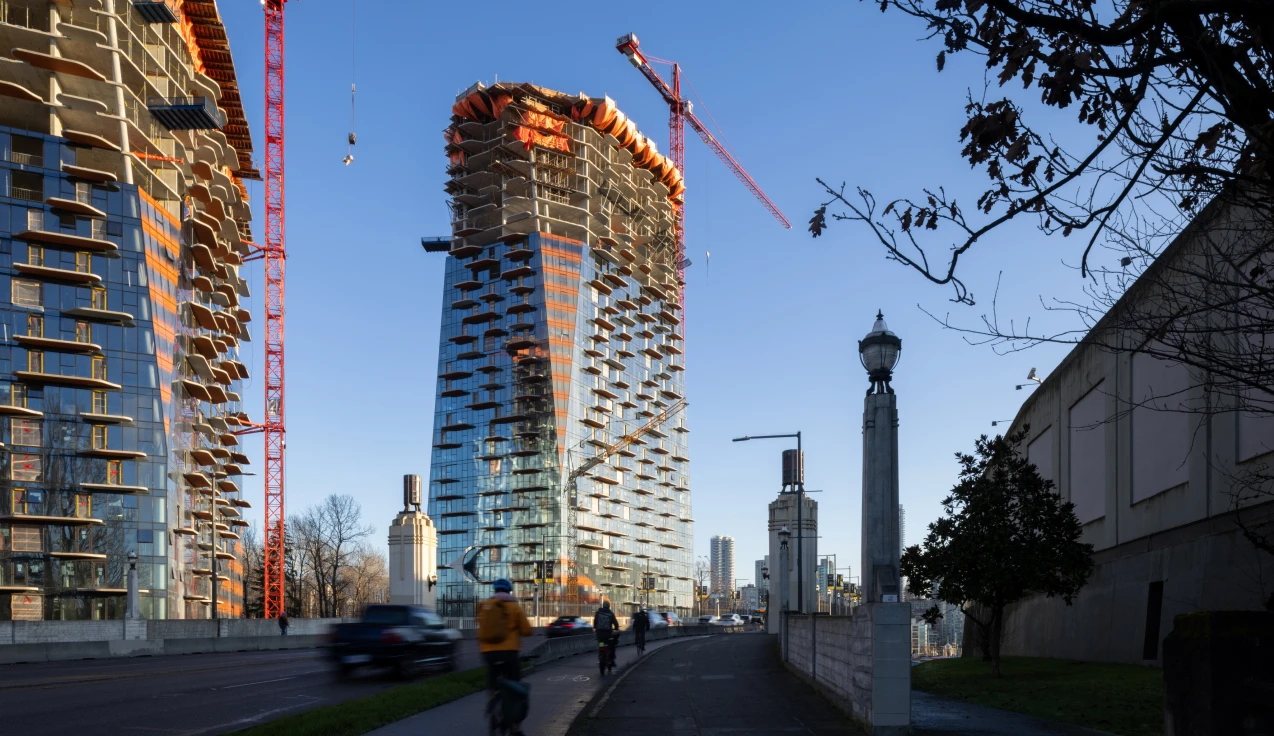
Place
Long before the arrival of European settlers in the Vancouver area in 1791, Squamish ancestors had a village at Sen̓áḵw.
Place
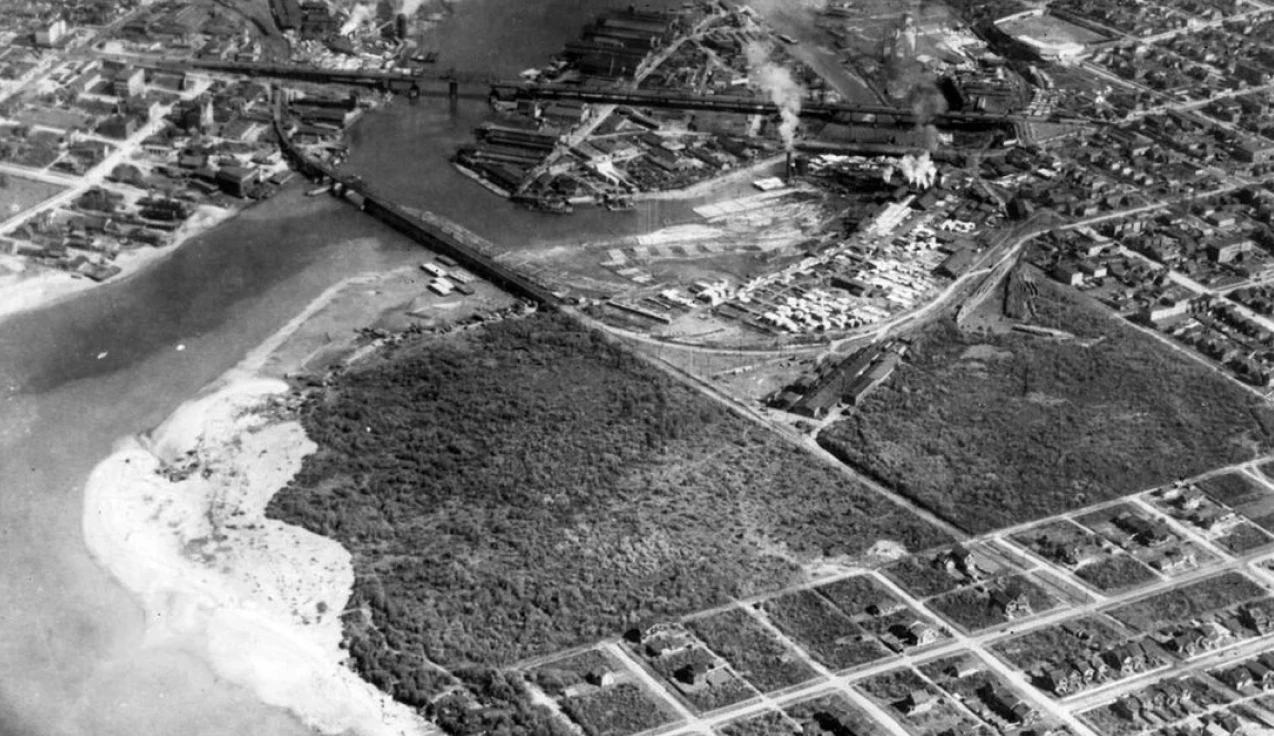
Art
The Sḵwx̱wú7mesh Stelmexw (Squamish People) are bringing the cultural fabric of Sen̓áḵw to life through innovative and meaningful design elements and public art installations.
Art
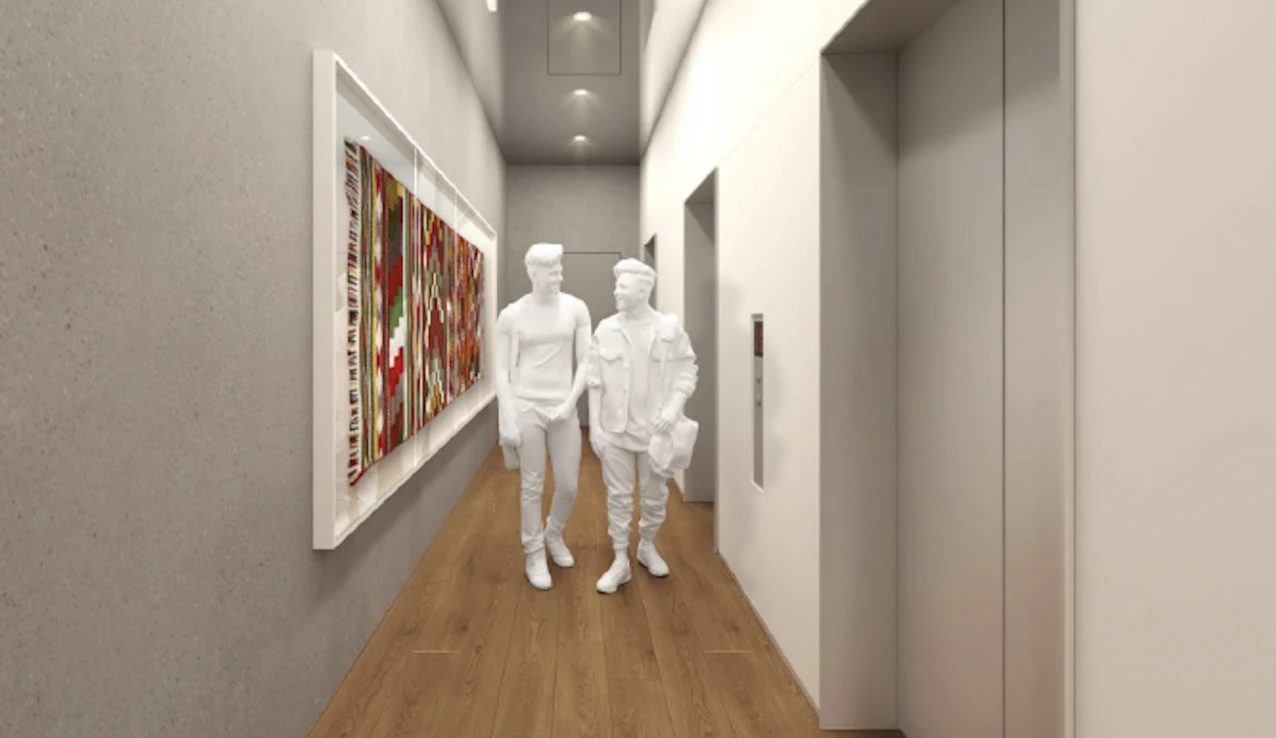
Register
The first phase of rental units will be available in 2026. Register below for project updates.
For more information please email communications@senakw.com







